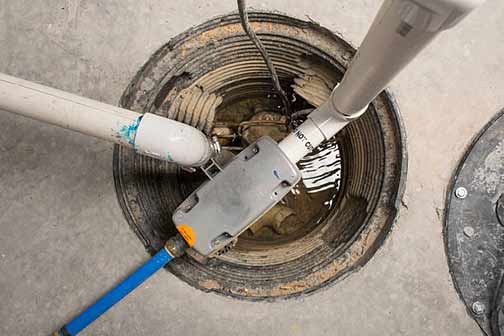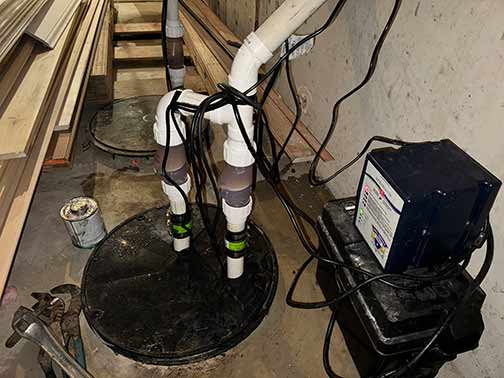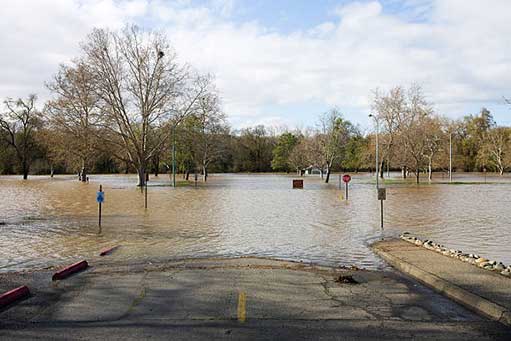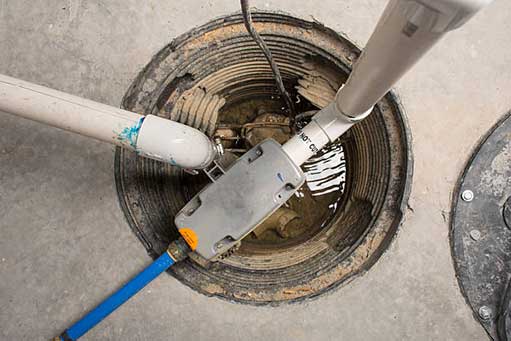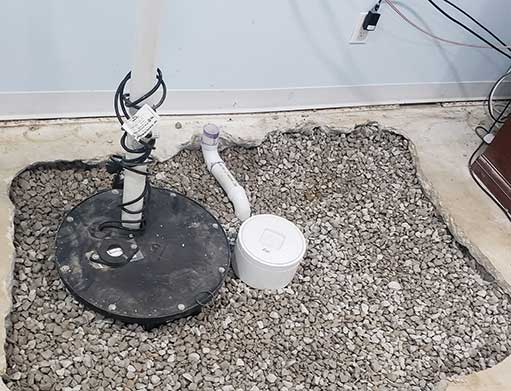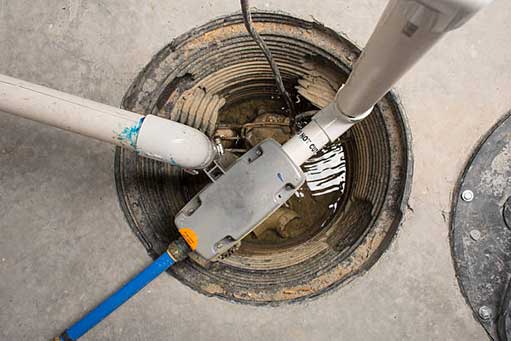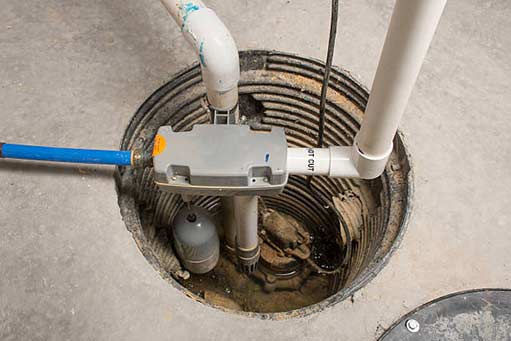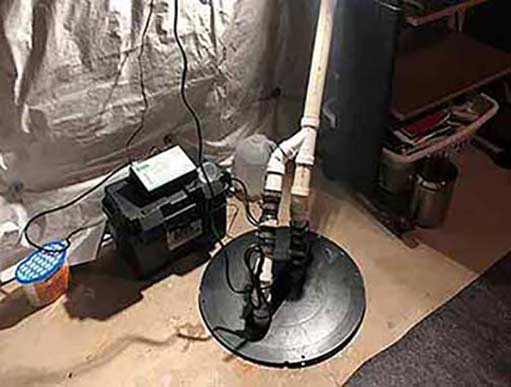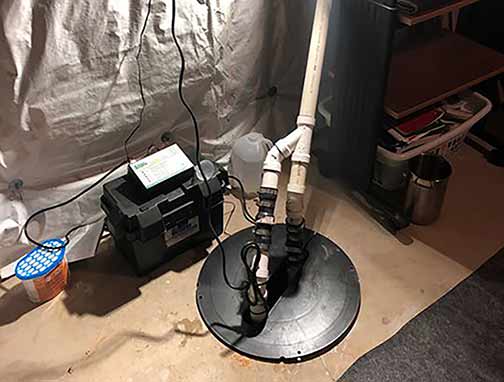
Your basement sump pump will not last forever; eventually, you must replace this vital equipment. The question is, do you know when to replace it versus when to repair it?
Vacation Los Cabos notes that one thing you don’t want to do is replace your sump pump when it can still be repaired. The other thing you don’t want is to keep trying to fix a sump pump that should be discarded. Both scenarios will take money out of your pocket unnecessarily.
This post explains how to prolong the life of your sump pump by fixing it. It will help you make the timely decision to replace your sump pump when it reaches the end of its service life. You will also learn things you should know before replacing a sump pump.
When to repair a sump pump
There are several things you should look at to determine if repairing your sump pump is the most financially sensible option. Below is a list of sump pump problems that can be fixed. If the sump pump suffers from these issues, don’t replace it; fix it.
- A sump pump makes strange noises
A loud humming, rattling, or banging noise is usually a sign of a damaged impeller. If the broken impeller is removed and replaced, the sump pump will be fine. Do not use your sump pump if you think the impeller is damaged.
- The sump pump does not power on
If the sump pump is connected to power but not working, the float switch could be stuck. Clean the pump to get rid of debris interfering with the movement of the float. If the bracket holding the float is broken, replace it.
- Sump pump cycles continuously
This can happen when the float switch is stuck in the ON position. It could be that the sump pump is not big enough for the water entering the basin. It could also be due to a broken check valve or a blocked discharge line.
- Tripped circuit
If the power supply to the sump pump stops because of a tripped circuit, you may want to check if the switch is damaged and if there are no wiring issues with your sump pump. Make sure the sump pump is connected to a GFCI outlet.
- Installation problems
A badly installed sump pump will malfunction. Bad installation can cause a wide range of sump pump problems. Replacing a badly installed sump pump will not solve the problems if those installation errors are repeated.
How do you know when it is time to replace your sump pump?
When to replace your sump pump
Here are the things to consider when thinking of replacing your sump pump.
- The age of the sump pump
The lifespan of a typical sump pump is 7 to 10 years. If your sump pump has reached or passed the end of its projected service life, it makes no sense to keep repairing it. Instead, it should be replaced.
- The kind of damage
Minor problems like a clogged discharge line or stuck float switch are not enough reasons to replace a sump pump. But if you have issues like a burned-out motor or a sump pump that is frequently overwhelmed, you may need to replace it.
- The cost of repair
The cost of fixing a broken sump pump should be no more than a small fraction of the cost of buying a new one. If the cost of fixing your sump pump is close to the price of a new sump pump, you should replace the sump pump.
- The sump pump is too small
If the home’s needs were not properly assessed before the sump pump was installed, your house will not be adequately protected. If your sump pump is too small, the only thing you can do is to replace it.

Important considerations when replacing your sump pump
- Pump size and capacity
It is vital to have a professional plumber assess your home to determine the volume of water that is likely to flow into the sump basin. This determines the volume of the sump basin and the size and capacity of your sump pump.
- Discharge line length and location
Make sure the pumped water is discharged at a safe distance from your home. The ground should be properly graded to prevent backflow, and you don’t want plant, soil, or debris obstructing the opening of the discharge pipe.
- Think of maintenance
Ensure the different parts of the sump pump are easy to access for cleaning and maintenance. You may also want to install a sump pit cover to block debris from the sump basin.
Lastly, choose a professional installer. Installing a sump pump looks like an easy job until that badly-installed sump pump fails to protect your home from flooding. The cost of hiring a professional installer is far lower than the cost of fixing a water-damaged home. Choose wisely!










